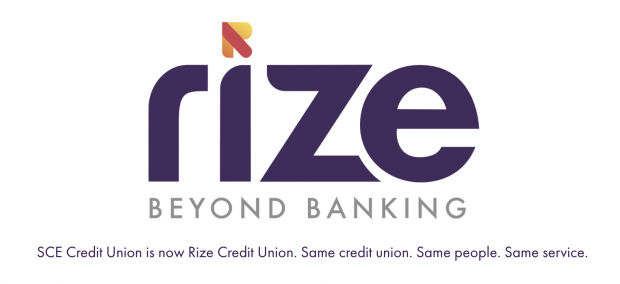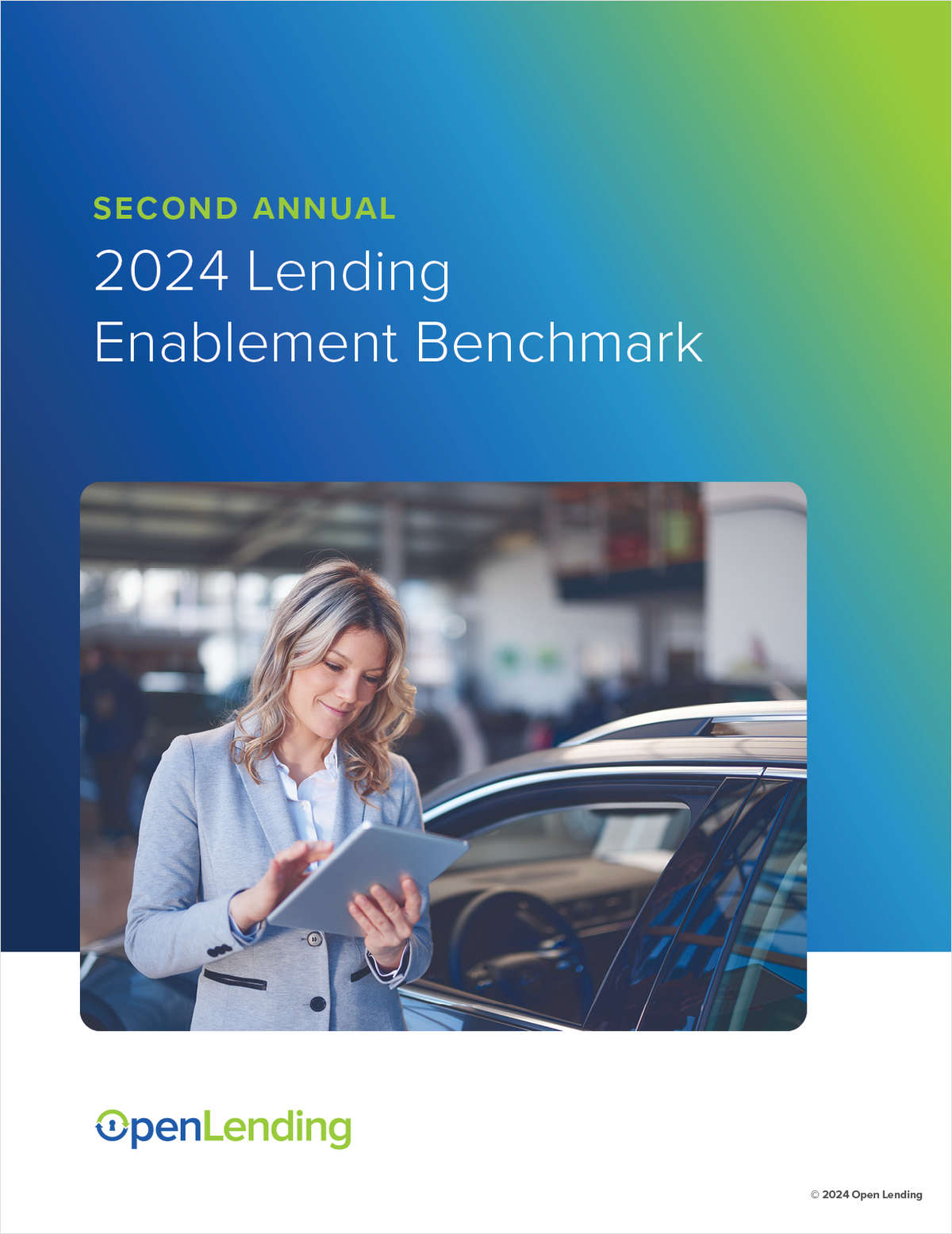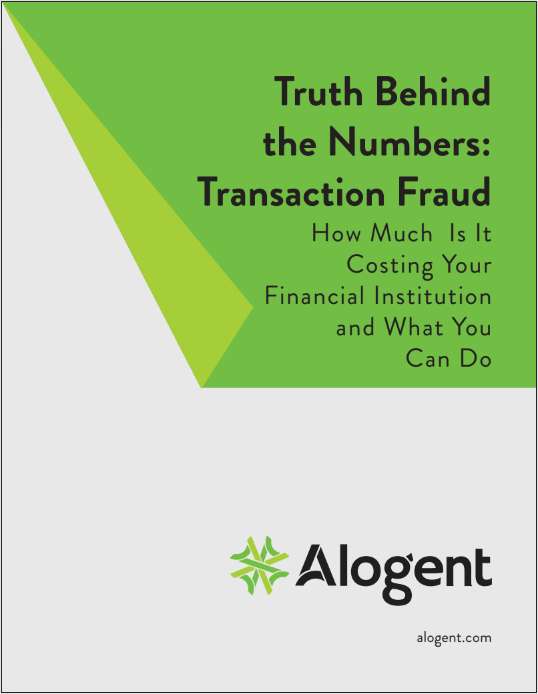In credit union board meetings I have been presenting research explaining how the country and CUs spiraled into a financial and economic catastrophe, while offering ideas to turn the adversity into opportunity for growth. For many CUs, I fear the opportunity is slipping away as we consider the potential exposure to the NCUSIF of both corporate and natural person credit unions.Some of the research has been part of our dialogue with CUs for over five years. In my CUES online column, "We've Built a House of Cards" (November 2004), we attempted to keep you out in front of this calamity with this passage: "If I'm a lender, I'm double checking my lending standards…while selling as much of my unsecured and questionable debt as possible. Because once the debt story unfolds, it'll be too late; you won't be able to get a bid. We're going to need more than low rates to bail us out of the next recession."There are undoubtedly many reasons some CUs didn't take the warning signals seriously enough.In a recent column, New York Times writer Frank Rich explained why some people ignored such obvious and logical advice while the debt piled up around us: "One of the most persistent cultural tics of the early 21st century is Americans' reluctance to absorb, let alone prepare for, bad news."Wholesale and systemic denial is part of what I refer to as "the years of growing artificially," which led to the global financial ruin and is analogous to the current credibility issue in major league baseball. We denied that baseball players doped just as we denied that some CUs' asset growth was a result of bulking up on the anabolic steroids of risky loans, including indirect, participation and subprime loans. We were in denial that share draft protection or courtesy pay masked margin erosion while propping up ROA.Exacerbated by the oversupply of lenders, bank and CU margins eroded apace, but for CUs the erosion is much worse than for banks because CU regulation has not evolved to adjust for changes in consumer behavior; the net interest margin difference between CUs and banks with assets between $100 million and $35 billion has averaged 32-71 basis points over the last 10 years, according to NCUA and FDIC statistics.Meanwhile, systemic denial has led CUs to a now-dead CURIA. CUs are now told of a future "seat at the table," yet the banks have been at the table.My worry is that denial continues to cloud our thinking. Some folks would now have us believe that we have the capital resources to deal with the credit problem. Before the cultural tic of denial becomes part of our DNA, let us get to the facts regarding the credit problem in the CU movement. Time is running out.What is the scope of the problem? The reported unrealized loss in the all corporates' investment portfolios is the equivalent of roughly three times the NCUSIF. Meanwhile, many natural person CUs of all sizes have serious nonperforming loan issues. Through September 2008, over 440 CUs had delinquent loans equal to 4% or greater of total assets, according to NCUA statistics.This is why individual CUs must quickly do their own math on the size of the problem, and the probability of increased payments to stabilize the system. Waiting for clarity could prove more costly, which is why large, well run CUs are considering contingency plans and preparing to take matters into their own hands.The NCUA recently announced that the corporate CU stabilization program will lower the ROA of the average credit union by 62 basis points. To put this in perspective, SNL data indicate the average credit union had an ROA of 67 basis points in 2007. Annualized earnings are lower in 2008; ROA is 47 basis points for credit unions compared to 62 basis points for banks. So a 62-basis-point reduction in ROA for the average credit union in 2008 would result in negative earnings. Although banks are also subject to their own special assessment, they are more profitable and better able to roll with the punches.With the prospect for more payments to stabilize the credit union system looking inevitable, more and more CU boards are unwilling to sacrifice their members' capital further, especially as they watch their bank competitors raise capital by accessing private money, TARP or both. For healthy CUs, the current crisis could be the market opportunity of a lifetime, but only if they take their destiny into their own hands.
Peter F. Duffy is associate director at Sandler O'Neilland Partners. He can be reached at 212-466-7871 [email protected]
Complete your profile to continue reading and get FREE access to CUTimes.com, part of your ALM digital membership.
Your access to unlimited CUTimes.com content isn’t changing.
Once you are an ALM digital member, you’ll receive:
- Critical CUTimes.com information including comprehensive product and service provider listings via the Marketplace Directory, CU Careers, resources from industry leaders, webcasts, and breaking news, analysis and more with our informative Newsletters.
- Exclusive discounts on ALM and CU Times events.
- Access to other award-winning ALM websites including Law.com and GlobeSt.com.
Already have an account? Sign In
© 2024 ALM Global, LLC, All Rights Reserved. Request academic re-use from www.copyright.com. All other uses, submit a request to [email protected]. For more information visit Asset & Logo Licensing.









